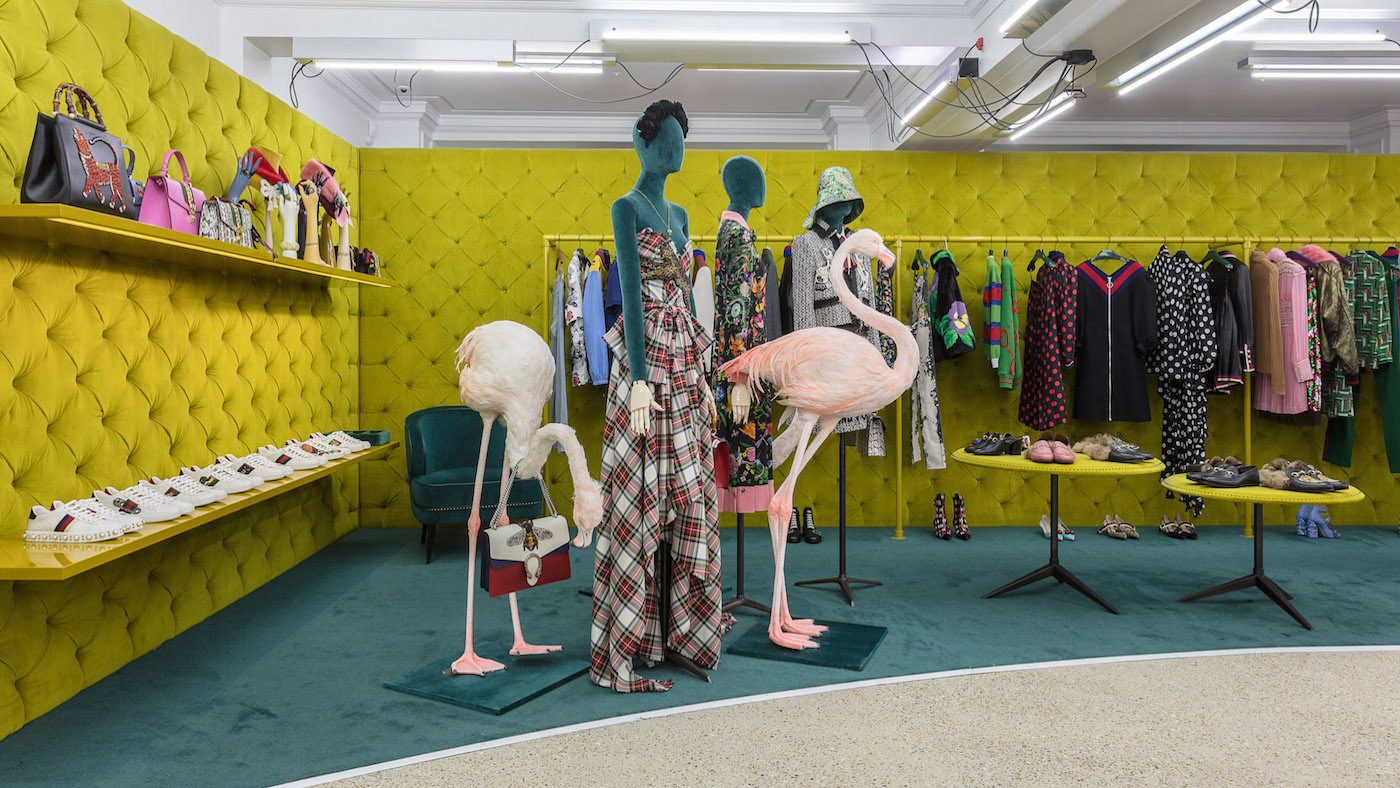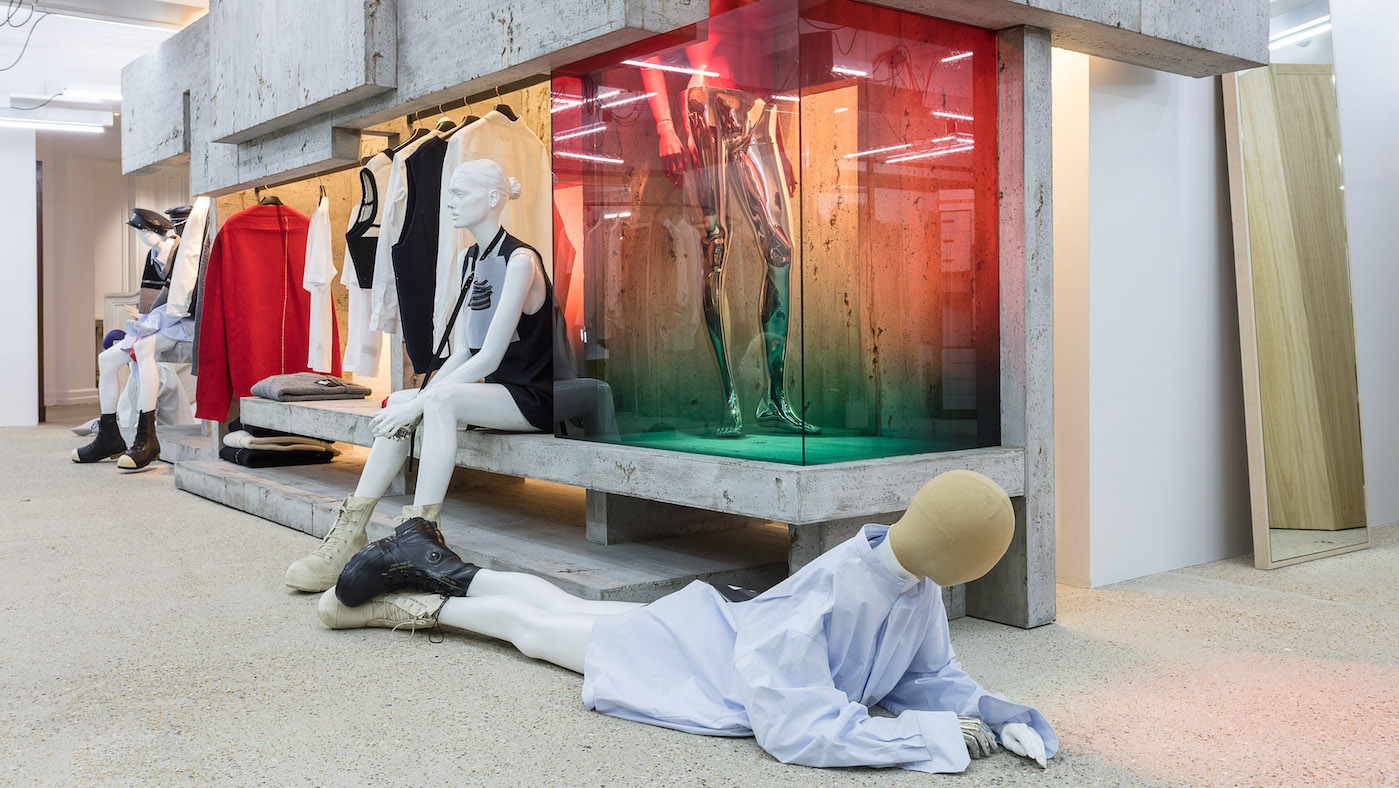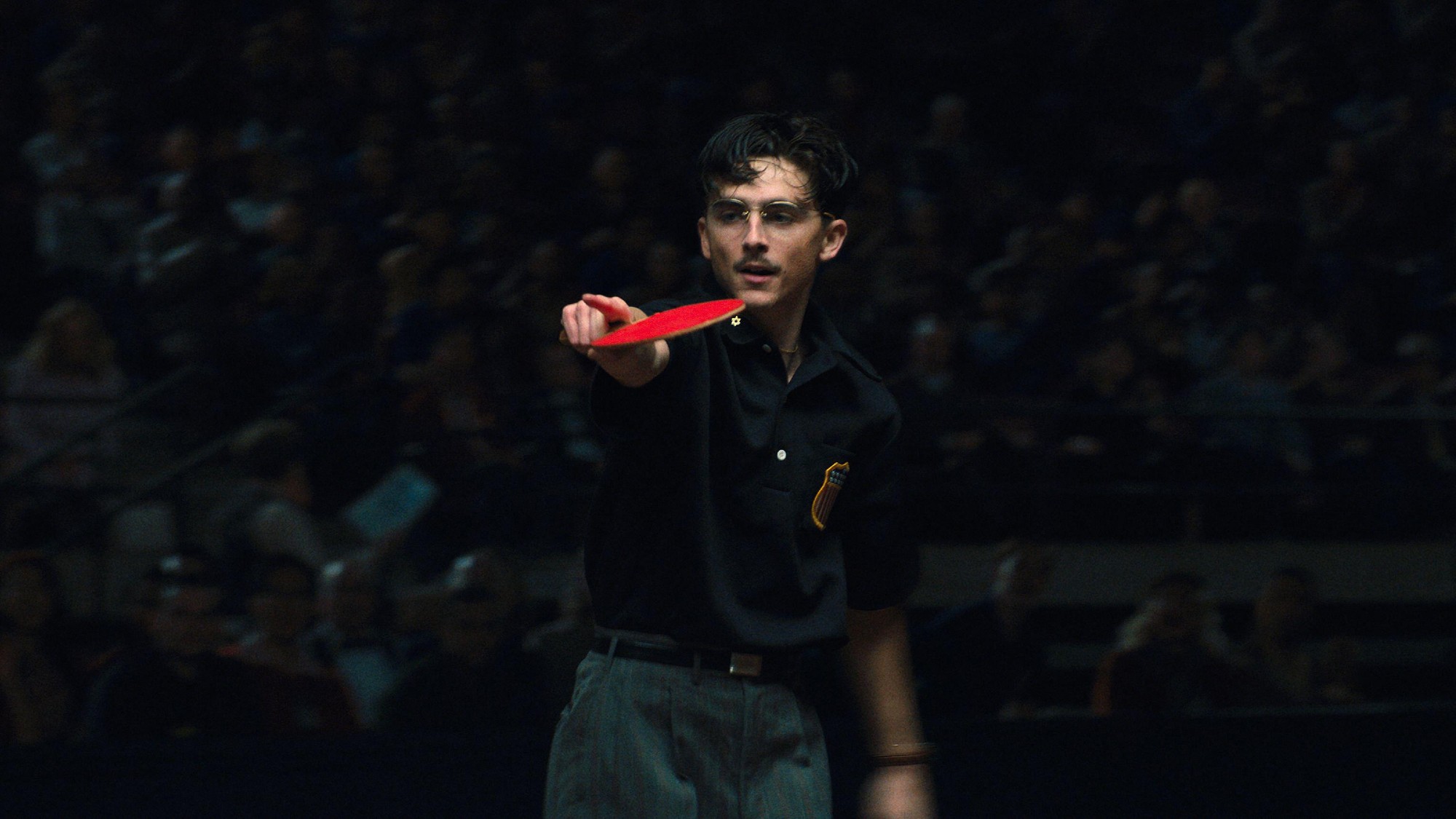Adrian Joffe: How Comme Des Garcons turned retail into an art form
The president and chief executive of Comme Des Garcons International & Dover Street Market on how creativity can fuel business

Sat at a corner table in the Rose Bakery, the top-floor cafe of Dover Street Market's sprawling new location on London's Haymarket, Adrian Joffe is in a philosophical mood. "I've never liked this distinction between 'artist' and 'non-artist'," he says. "People can be creative in their life – it doesn't have to mean actually making something. There's more than just the physical level."
Creativity, for Joffe, is a fluid process that can flourish in any discipline – in his case, business. In 1987, he became commercial director of Comme des Garcon s (CDG) – the revered conceptual Japanese fashion label founded by his wife, Rei Kawakubo, in 1969. Five years later, he was of Comme des Garcon International, in charge of overseeing its operations outside Japan. Each is an innovator in their field, and over the last few years the pair have embarked on groundbreaking projects that blur the line between art and consumerism. This has included CDG branching out into no less than 18 sister brands, a strategy that has allowed the label to explore different markets with a focused approach, from deconstructed shirting to accessories. The brand's suitably experimental fragrance collection has bottled the scent of everything from French Gothic cathedrals (Series 3 Incense: Avignon) to the dust on a hot lightbulb (Odeur 71).
Today, Comme des Garcon reports annual sales of $260 million. Its pioneering spirit has challenged traditional retail models, too. Between 2004 and 2011, it offered fans the chance to open temporary shops selling dead stock as part of the 'Guerrilla Stores' concept. Also in 2004, the first Dover Street Market (DSM) opened on the quiet Mayfair street of the same name. Far from the usual brand flagship, DSM placed Comme des Garcon products alongside those of emerging designers and established luxury houses. A market for the modern age was born, one that emphasised a curatorial approach to merchandising. Dover Street Market has been an international success story: the seven-storey DSM Ginza opened in Tokyo in 2012, followed by a New York outpost in 2013 and a franchise in Beijing; a Singapore store is on the way. "It may sound highfalutin, but it's just a shop, a business that sells stuff," says Joffe. "But we like to make it an exciting environment, where people can be inspired."
The Week
Escape your echo chamber. Get the facts behind the news, plus analysis from multiple perspectives.

Sign up for The Week's Free Newsletters
From our morning news briefing to a weekly Good News Newsletter, get the best of The Week delivered directly to your inbox.
From our morning news briefing to a weekly Good News Newsletter, get the best of The Week delivered directly to your inbox.

Born in South Africa, Joffe moved to London at the age of eight. It was as a teenager that he first fell in love with Japan: a seemingly routine stroll along Regent Street took him past a tourism office promoting the country; "Mount Fuji was so beautiful!" he remembers. Upon graduating from the School of Oriental and African Studies in 1978, he set out for Japan. "I felt like I had been before. I really felt like I had come home," says Joffe of his adoptive country.
He was to spend the next few years travelling between London and Japan, working on licensing deals for his sister Rose's knitwear label. "I was paid in cash and would go to the CDG store," he says. "I've kept a lot of those old things. Cupboard space is a problem!" Joffe joined the brand just a few years after its headline-hitting Paris Fashion Week debut in 1981, when Kawakubo's work presented a radical break with the decade's sharp- shouldered power-suiting. Items such as 1982's 'lace' sweater – a black hand-knit festooned with holes – captured the experimental spirit of the 'Japanese invasion' of Paris' fashion scene.
Working from the brand's offices in Paris' Place Vendome, Joffe and his team, which has since grown from four to twelve, are charged with strengthening Comme des Garcon International. "One of my main goals when I started was to make CDG Paris independent from Tokyo. It had no source of income and was still very reliant on Japan," he says. Strategies included the launch of sister brands, beginning with Comme des Garcon Shirt. "Within two to three years, the Paris company was independent. They didn't have to send us the rent every month."
Today, CDG also supports labels fronted by protégés such as Junya Watanabe and Tao Kurihara. "For us, the extension of the brand is how we can grow," says Joffe of a strategy that differs from traditional diffusion lines. "Each brand has its own raison d'être, with a distinct concept. It's not just another brand so that we can sell more."
A free daily email with the biggest news stories of the day – and the best features from TheWeek.com
In March 2016, Dover Street Market relocated to the historic former HQ of Burberry on Haymarket. The new, 31,000sq-ft, five-storey shop is a testament to both Kawakubo's creative prowess and Joffe's left-field attitude to retail. Kawakubo designed all of the brand's own spaces, communal areas and art pieces, which includes a huge black metal dinosaur sculpture that greets customers on the second floor. The shop, which has the look and feel of a museum, offers a carefully curated selection of covetable products that range from the affordable – fragrances, T-shirts and folded wallets – to the extravagant, such as taxidermy birds by artist Emma Hawkins.
In-keeping with the idea of a contemporary art space – a "beautiful chaos", as Joffe calls it – luxury brands create their own installations in their designated area. As such, the Gucci, Loewe and Azzedine Alaia presentations at DSM are often more immersive than brand boutiques; Jonathan Anderson's latest bag collection, for example, is displayed on a colourful children's climbing frame, complete with bubblegum-pink slide. In addition to stocking rare runway pieces, Dover Street Market invites designers to create special editions; collaborations have included furniture by Saint Laurent's former creative director Hedi Slimane and, most recently, a Gucci capsule collection by Alessandro Michele. DSM represents a thought-provoking environment for shoppers and those who simply love to browse.
"We like to give people the freedom to choose. The internet is never going to kill a store like us," says a confident Joffe. And he's right: what is art if not experiential?

-
 The Trump administration says it deports dangerous criminals. ICE data tells a different story.
The Trump administration says it deports dangerous criminals. ICE data tells a different story.IN THE SPOTLIGHT Arrest data points to an inconvenient truth for the White House’s primary justification for its ongoing deportation agenda
-
 Ex-FBI agents sue Patel over protest firing
Ex-FBI agents sue Patel over protest firingspeed read The former FBI agents were fired for kneeling during a 2020 racial justice protest for ‘apolitical tactical reasons’
-
 The real tragedy that inspired ‘Hamlet,’ the life of a pingpong prodigy and the third ‘Avatar’ adventure in December movies
The real tragedy that inspired ‘Hamlet,’ the life of a pingpong prodigy and the third ‘Avatar’ adventure in December moviesThe Week Recommends This month’s new releases include ‘Hamnet,’ ‘Marty Supreme’ and ‘Avatar: Fire and Ash’